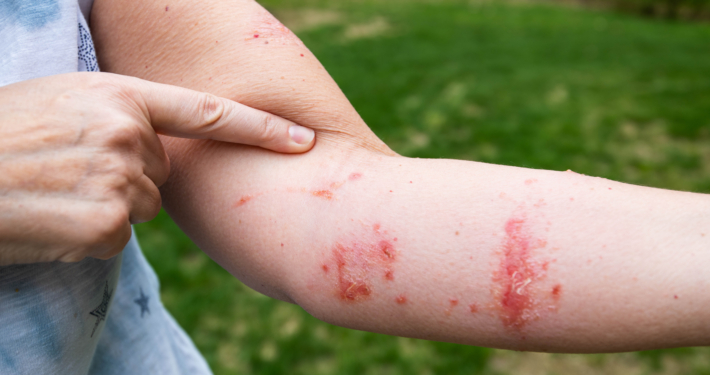Safeguarding Outdoor Workers: Effective Treatments for Poison Ivy, Oak, and Sumac Rashes with I.C. Ivy Cleanse and Relief
Learn how outdoor workers can protect themselves and treat rashes caused by poison ivy, poison oak, and poison sumac. Discover the benefits of I.C. Ivy Cleanse and I.C. Ivy Relief in providing effective relief and promoting faster healing.
By: Richard Rich
Introduction
Working outdoors comes with many benefits, but it also exposes workers to potential hazards, such as coming into contact with poison ivy, poison oak, or poison sumac. These plants contain a toxic oil called urushiol, which can lead to an itchy and painful rash that may persist for several weeks. In this article, we will focus on how outdoor workers can treat poison ivy, poison oak, and poison sumac rash using various remedies, including I.C. Ivy Cleanse and I.C. Ivy Relief.
Over-the-Counter Remedies
The first step in treating a poison ivy, poison oak, or poison sumac rash is to clean the affected area to remove any remaining plant oil. Using a specialized wash like I.C. Ivy Cleanse can effectively neutralize and extract the urushiol oil, while also disinfecting open wounds and repairing damaged or dry skin. Regular bar soaps should be avoided, as they can potentially spread the urushiol oil and worsen the rash.
After cleaning the affected area, you can apply over-the-counter creams, such as hydrocortisone or calamine lotion, to help soothe the itch and reduce inflammation. For targeted relief, I.C. Ivy Relief is specifically formulated to alleviate symptoms caused by poison ivy, oak, and sumac. It uses active ingredients Diphenhydramine HCI (Benadryl) and Zinc Acetate to relieve itching, pain, and swelling. The roll-on design allows for gentle and pain-free treatment.
Antihistamines, such as Benadryl, can also be taken to relieve itching and reduce swelling. Be sure to follow the instructions on the packaging and consult with a healthcare professional if you have any questions or concerns.
Home Remedies
If you prefer natural remedies, there are several options that may help alleviate the symptoms of a poison ivy, poison oak, or poison sumac rash. Some popular home remedies include:
Cold Compress: Applying a cold compress to the affected area can help reduce itching and inflammation. Simply wrap ice in a towel or use a cold pack and apply it to the rash for 15-20 minutes at a time.
Aloe Vera: Aloe vera is known for its soothing properties and can help relieve the discomfort of a poison ivy, poison oak, or poison sumac rash. Simply apply a thin layer of aloe vera gel to the affected area several times a day.
Baking Soda: Baking soda can help reduce itching and inflammation. Mix a small amount of baking soda with water to create a paste and apply it to the rash for 10-15 minutes before rinsing off.
When to Seek Medical Attention
In most cases, a poison ivy, poison oak, or poison sumac rash will go away on its own within a few weeks. However, there are some instances where medical attention may be necessary. You should seek medical attention if:
- The rash covers a large area of your body
- You have a fever or chills
- You have difficulty breathing or swallowing
- The rash appears infected (swollen, oozing, or pus-filled)
- The rash is on your face or genitals
In these cases, a healthcare professional may prescribe stronger medication or recommend other treatments to help alleviate your symptoms.
Conclusion
In conclusion, encountering poison ivy, poison oak, or poison sumac can be an unpleasant experience, but there are several ways to treat the resulting rash. Products like I.C. Ivy Cleanse and I.C. Ivy Relief, over-the-counter remedies, home remedies, and medical attention are all options depending on the severity of the rash. If you are unsure of how to proceed, consult with a healthcare professional to determine the best course of action.







